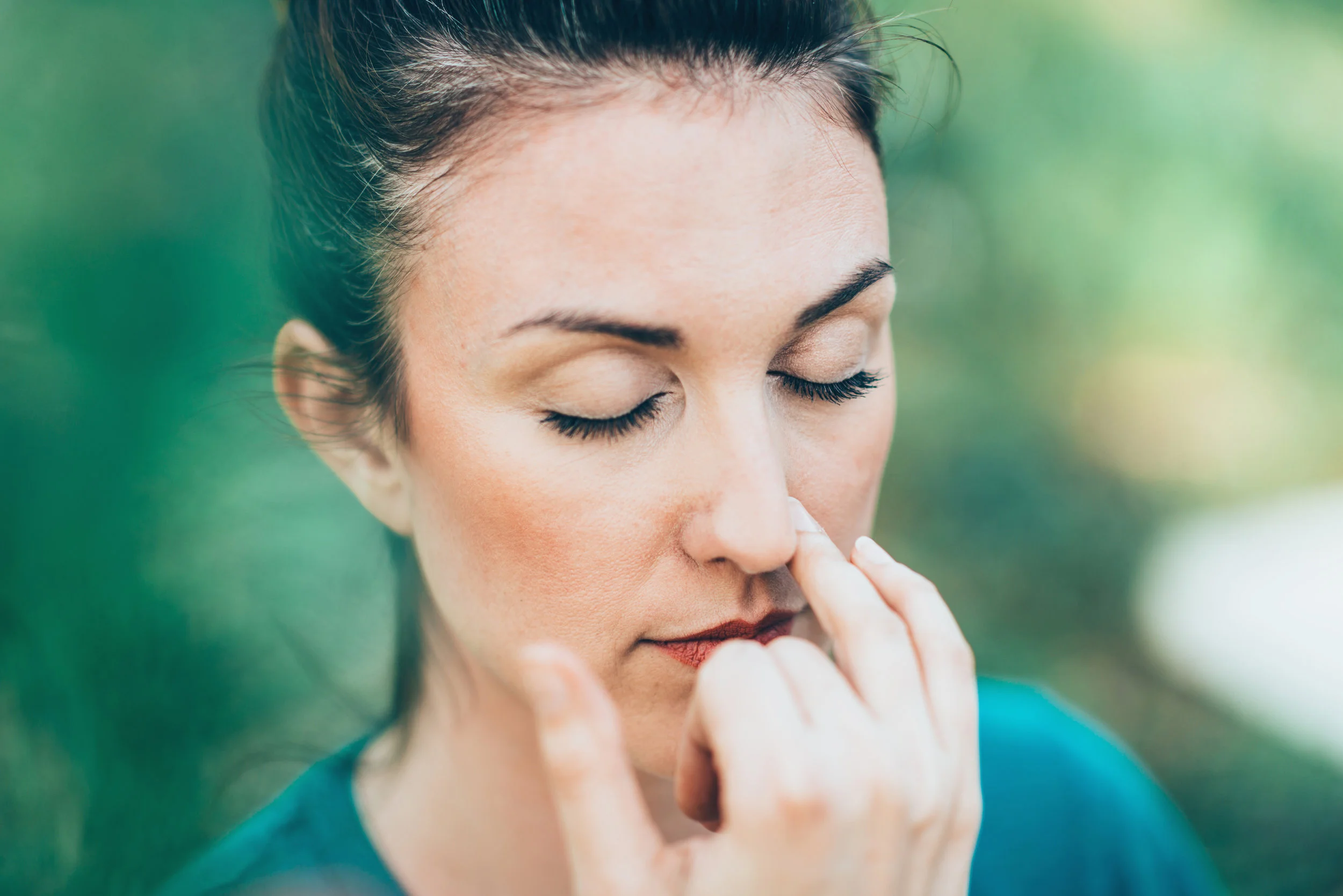Blood Vessels and Aging: The Rest of the Journey
/"A man is as old as his arteries."
Thomas Sydenham, MD, English Physician, 1624-1689
Stretched end-to-end, the arteries, veins, and other vessels of the human circulatory system would measure about 60,000 miles. On any given day, the heart pumps about 1,800 gallons of blood through this vast network. In an average lifetime, the heart pumps approximately one million barrels of blood—enough to fill more than 3 supertankers—through the circulatory system.
No doubt about it, the heart and arteries are remarkable. But as we age, the cardiovascular system becomes more susceptible to diseases including high blood pressure and atherosclerosis. Nearly 40 percent of all deaths among those 65 and older can be attributed to heart problems. By age 80, men are nine times more likely to die of chronic heart failure than they were at age 50. Among women, this risk increases 11-fold over the same time period.
Smoking, little or no regular exercise or physical activity, a diet laden with calories and sugar, fat, cholesterol, and sodium—all contribute to the development of these cardiovascular disorders. But it is becoming more apparent that like the heart, blood vessels undergo changes with advancing age, and these changes, including arterial stiffening and thickening, are major risk factors for these diseases.
This relationship is complex. In fact, studies—in both animals and humans—have found that many of the factors that underlie the age-related changes in the arteries are also implicated in the development of cardiovascular disease. This suggests that there are some common links between these two distinct, but intertwined processes. Based on these and other findings, some investigators theorize that aging is the driving force in a cycle that begins with age-related changes in the blood vessels. These changes create an environment that promotes arterial stiffening, which contributes to development of hypertension (high blood pressure). At the same time, age-related changes also make it easier for fatty deposits to build up on the inside of arteries. This accumulation, part of a process known as atherosclerosis, can accelerate the aging of the arteries, which, in turn, leads to further fatty build up and narrowing of the vessel. (See What Happens During Atherosclerosis?)
In essence, aging arteries form an alliance with risk factors for atherosclerosis, hypertension, and other precursors of heart disease and stroke to profoundly elevate the risk of developing these conditions. However, as scientists learn more about the changes that occur in aging blood vessels, they are making some key discoveries. For instance, in some people these changes occur at an accelerated rate; in others, they occur much more slowly than average. This suggests that how well your arteries perform as you get older depends on a series of complex interactions among age, disease, lifestyle, and genetics, Dr. Lakatta says. In any case, epidemiological studies have consistently shown that people with the greatest amount of arterial stiffening and thickening are at the highest risk for developing stroke, heart attack, and other cardiovascular events.
But investigators also now know that several of these changes, such as arterial stiffening and thickening, don't occur to the same extent in all people. In fact, studies strongly suggest that exercise, good nutrition, and emerging drug therapies can slow the aging of the blood vessels, even among people who are genetically at risk. These interventions could delay or prevent the onset of cardiovascular diseases in many older people.
We're moving into an era when it will be imperative to find out what your blood vessels are like before clinical disease sets in so that, if necessary, appropriate measures can be taken to keep your cardiovascular system as healthy as possible," Dr. Lakatta says.|
Originally appeared on www.nia.nih.gov Read more here.











![Self-regulation “control [of oneself] by oneself"](https://images.squarespace-cdn.com/content/v1/55563e14e4b01769086817cb/1542845645966-PO2HGKF5JLUBM45UIWQ3/wee-lee-790761-unsplash.jpg)




















